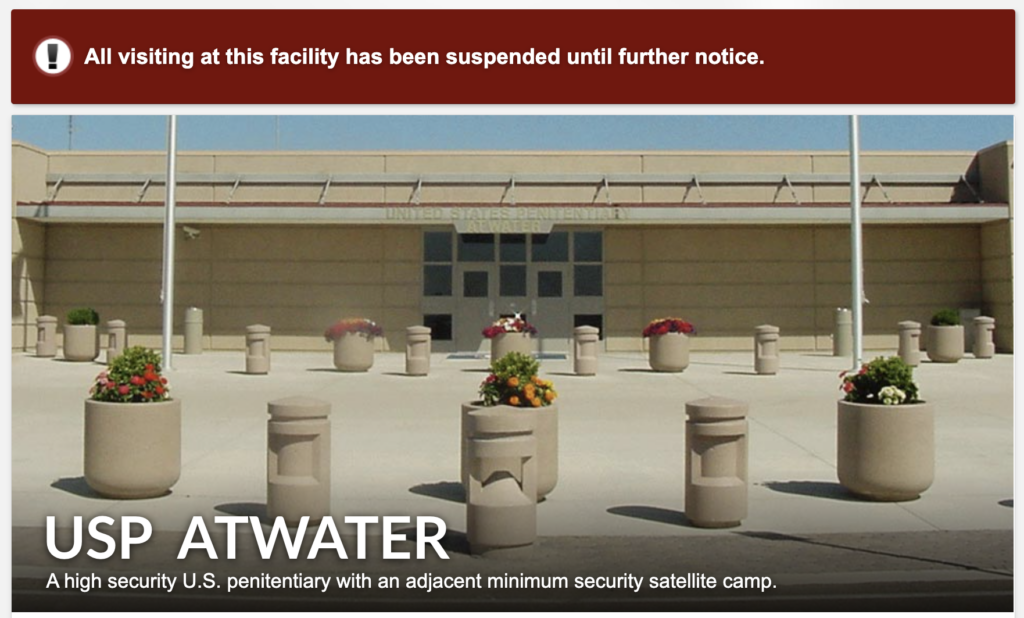Passive exposure to fentanyl, from skin contact or breathing in secondhand particles in the air, is a myth. There are media reports of law enforcement officers administering Narcan to themselves or each other all the time, but that does not mean they were in any danger. It means they administered Narcan.
CO culture is to do this indiscriminately, without knowing how to properly administer Narcan nor identify an opioid overdose. In one of the other two New York incidents, for example, officers were administered Narcan following suspected exposure near a prisoner “behaving irrationally,” which is language COs often use to describe overdose involving synthetic cannabinoids. In an opioid overdose, which is the only kind that responds to Narcan, by definition the person is unresponsive.
On August 9, a mailroom supervisor at USP Atwater, a high-security Federal Bureau of Prisons facility in California, died at a local hospital after he reported feeling ill earlier that day. The cause of death is still unknown and has not been linked to exposure to any contraband drugs in the mailroom, but media and the BOP itself have characterized it that way. Visits at Atwater have been suspended.
In prisons and jails across the country, contact with the outside world is being steadily replaced with virtual contact. Used books; all books; CDs; greeting cards and postcards; photographs; all mail except legal mail. And visits. All of this is accomplished the same way: Take a physical form of connection to the outside world, say friends and family of prisoners are exploiting it to smuggle in dangerous synthetic drugs, and replace it with a digital version offered by private contractor for a small fee. Or just take it away.
Archived at https://ghostarchive.org/archive/YOegp



My impression is that the fees are usually exorbitant compared to the cost of similar services for people who aren’t incarcerated.